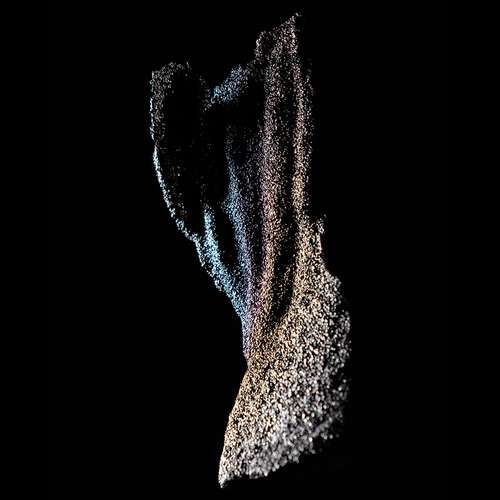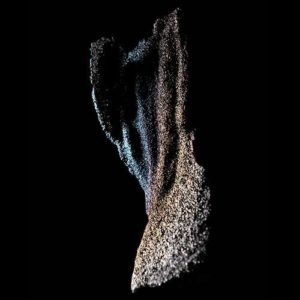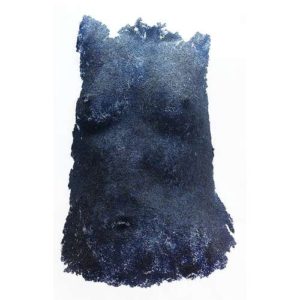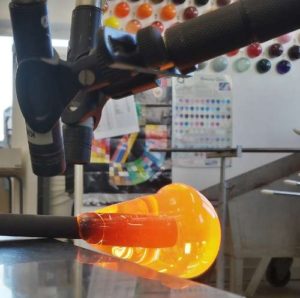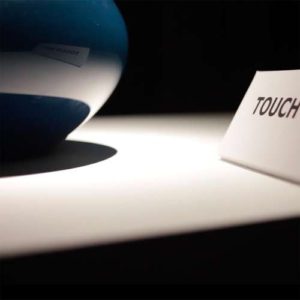Tell us about yourself.
Right now, I’m an American transplant in Scotland and a PhD candidate at Edinburgh College of Art, with my thesis deadline looming. I’m in the throes and woes of my final year, writing up my dissertation, which explores the medium of glass and the glass studio as a staging ground for creativity research.
What draws you to the material you work with?
I really enjoy that glass is so ubiquitous in our lives that we often take it for granted, and yet it has been at the forefront of innovation for centuries. For me, glass material offers an endless source of conceptual exploration as it inherently has contradictory physical properties and characteristics that I find so interesting.
What themes do you pursue in your work, and why have you chosen the processes that you use in your work?
Themes of the body—with gesture, emotion, or sense—are almost always present, including within my most recent collaboration, where we tried to make glass more approachable and touchable through interactive technologies. My work takes on a variety of forms, from sculpture to installation to film to hand-bound books, and while glass is always a primary medium, I choose the processes and format that best express the project concepts.
If you weren’t working in this field, what career would you choose?
I think I will always be involved with the arts in some way, shape, or form. Before I arrived in Edinburgh for my glass studies, I was Director of Operations and Student Life for the Boston University Tanglewood Institute—the inspiration and passion of the students, the faculty, my coworkers, and the Tanglewood Festival artists, pushed me back into the studio for my own artwork.
What is your dream project?
I would love to return to Tanglewood with my husband, composer David Faleris, and be artists-in-residence together to develop and present new work to the incredible arts community that gave us our start. David and I began collaborating shortly after we left Tanglewood to go abroad and just co-authored an article (https://www.mdpi.com/2076-0752/8/1/19) about our most recent work capturing, preserving, and sharing the sounds of glassmaking through music and glass objects.
Learn More About This GAS Member:
Recent Publication: https://www.mdpi.com/2076-0752/8/1/19
ECA Profile: https://www.eca.ed.ac.uk/profile/lisa-naas

